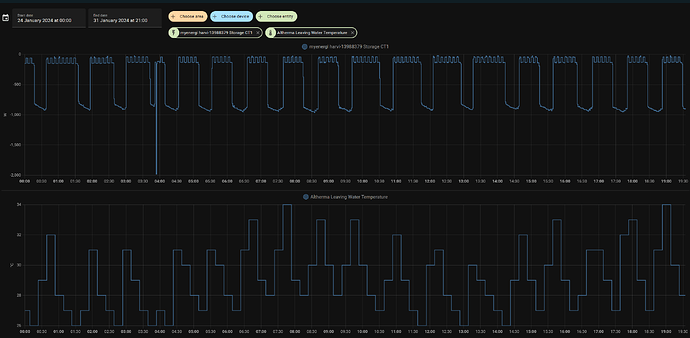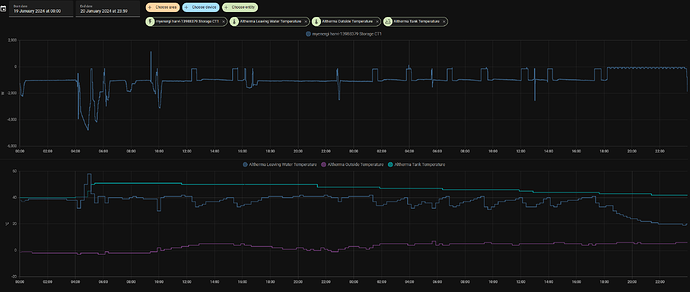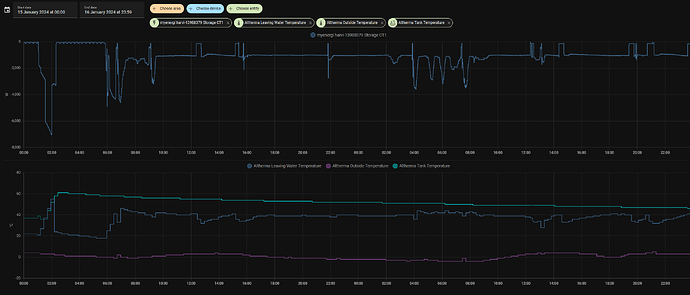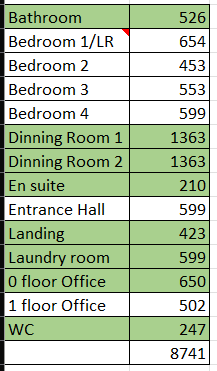Hi Jonathan,
You are correct with everything you say.
Over the last couple of weeks I have been able to confirm beyond doubt what my heat loss actually is around the design temperatures.
Although it was obviously nothing like the heat loss surveys produced it is never easy to convince anybody without absolute proof, now it is beyond doubt.
I don’t think there is anything wrong with the 8kW but I feel that the 9kW is a more substantial and maybe a higher quality unit, I didn’t want to change really, I would have preferred to keep what I have.
But, the last couple of weeks have shown me how comfortable it is living with a heat pump that isn’t way too big.
I am dreading going back to the warmer weather, it’s just unpleasant.
I can’t continue like I have been and it has to go.
I now understand as fully as I can what is going on with the house, the heat pump and the Madoka, they will never work together above freezing.
I don’t like giving up and I think I have got the best I could out of this heat pump in our house. I think I have exhausted every way possible to make it work in our house when it’s warmer at a reasonable level of efficiency.
It isn’t just about efficiency though, I always had to make a choice between running the heat pump continuously and controlling the temperature with windows and doors, or running with the Madoka controlling the room temperature but living with no heat for 3 hours at a time. Neither worked very well, either it is too hot and uses too much electricity or parts of the house get cold for a while.
The Madoka is designed to load compensate by modulating the heat produced to maintain the set room temperature, it can’t modulate down when it is already at the bottom and this heat pump in our house is always at the bottom of its operating range.
I also had a problem with Octopus, although they offered a swap it didn’t come easily the first time, it wasn’t offered in good spirit and it came with a certain amount of intimidation, basically they didn’t believe I had a problem with the heat pump and they felt it was the correct unit for our house.
That seems to have changed now, they appear to accept that the heat loss is not what they calculated.
It makes a difference to me, it’s now amicable and not confrontational.
I will try and get the best out of the 8kW as you might expect but in all honesty I just want a heat pump that I can leave alone to heat the house.
I would expect my annual electricity consumption to be somewhere between half and two thirds of what it is with the 9kW.








